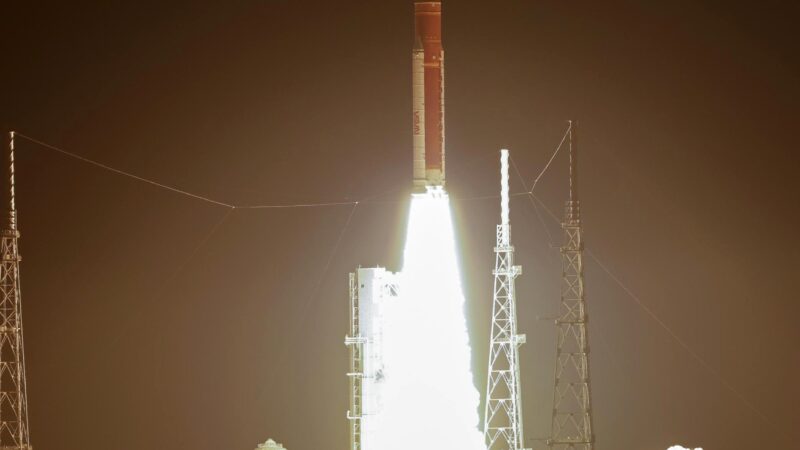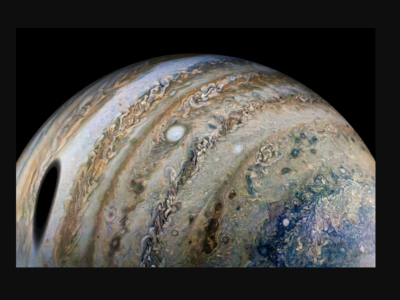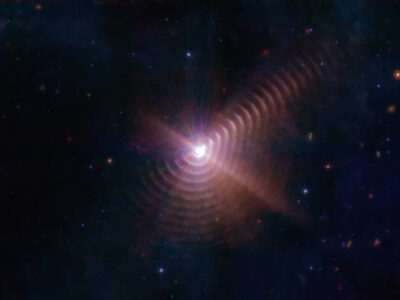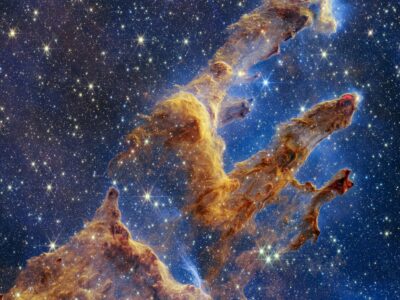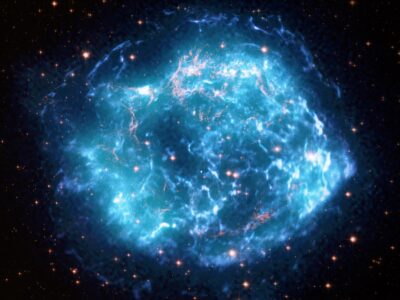The source of the moon? NASA research suggests it may have come from Theia on a collision course with Earth
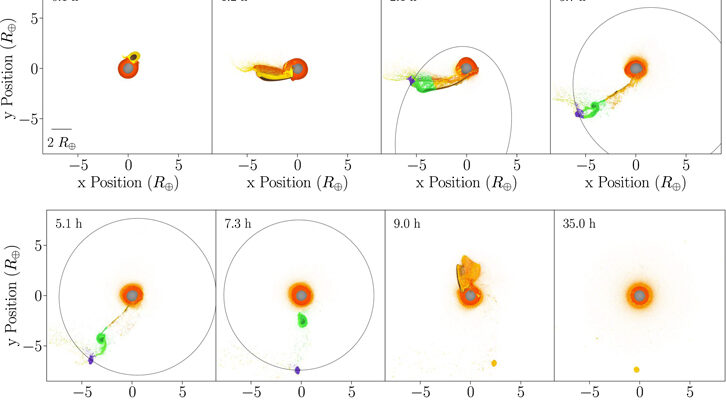
Overview

Illustrative snapshots from an impact simulation where a satellite is placed directly onto a wide orbit, in this example with the lowest final eccentricity.
NASA researchers say new simulations show the moon formed in a matter of hours. Billions of years ago, the Earth was very “young” and did not look the same. This new simulation posits that a Mars-sized object could have collided with Earth at that time, creating what would become our moon.

The categorically distinct behavior of outer-satellite formation emerges consistently for resolutions above a threshold of >10^6.5 particles. Each panel shows a snapshot from simulations of the same scenario at the same time 3.6 hr after impact using different numbers of particles. 10^4 and 10^4.5 particles (not shown) behave similarly to 10^5.
The colliding object, called Theia, is not a new theory either. Scientists have long believed that the moon’s origins were caused by chunks of Earth that were smashed up millions or billions of years ago. But exactly how the moon formed has been a mystery.
Jacob Kegerreis, a postdoctoral researcher at NASA’s Ames Research Center, led a study of the possible collision. Kegerreis and other researchers reported their findings in The Astrophysical Journal [1]. In this study, the researchers noted that they knew exactly what the results of these simulations would be when they went into the study. But it’s exciting to see how the results are consistent with the theory.
Theia
Theia[2] is an hypothesized ancient planet in the early Solar System that, according to the giant-impact hypothesis, collided with the early Earth around 4.5 billion years ago, with some of the resulting ejected debris gathering to form the Moon.
In addition to explaining Earth’s large satellite, the Theia hypothesis can also explain why Earth’s core is larger than expected for a body its size; Theia’s core and mantle fused with Earth’s core and mantle.
According to one version of the hypothesis, Theia was an Earth trojan[dubious – discuss] about the size of Mars, with a diameter of about 6,102 km ( 3,792 miles ). Additional evidence published in 2019 suggests that Theia might have formed in the outer Solar System rather than the inner Solar System, and that much of Earth’s water originated on Theia.
Detail
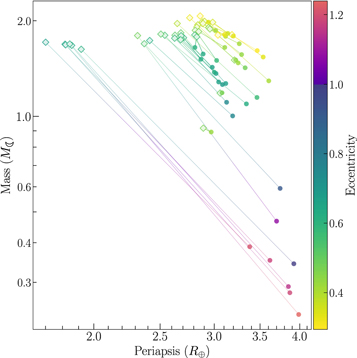
The change in mass, periapsis, and orbital eccentricity of satellites that pass through a periapsis near or inside the Roche limit and retain at least 10% of their initial mass, which tends to result in a significantly wider final orbit following partial tidal stripping. Diamonds and circles show the pre- and post-periapsis satellites, respectively.
These are the most detailed simulations of their kind, showing Theia as it approached our planet and then collided with it, blasting material into space before being pulled back to Earth. The event immediately split into two parts, showing how the moon was formed from the collision.
Theia says previous research explains some aspects of the moon’s characteristics that are so similar to Earth’s. However, there are always some big caveats at work. This new simulation of how the moon formed could explain one of the key caveats — why the moon and Earth are so similar in composition.

The inclined satellite produced by an impact onto a spinning proto-Earth misaligned to Theia’s orbital angular momentum.
References:
[1]Immediate Origin of the Moon as a Post-impact Satellite – IOPscience


